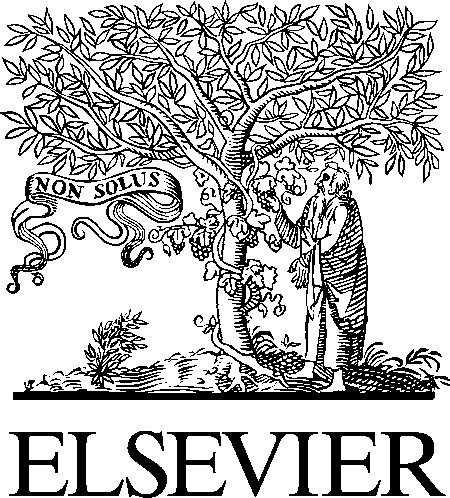static4.wikia.nocookie.net
8-0191-01-086-3_v1-6:Layout 1 2008-01-11 6:56 AM Page 1thiazides; glucocorticoids; thyroid hormone Inject the insulin 2. Before you use Mixtard® plastic cap. If it isn’t in perfect condition► Inject the insulin under the skin. Use the hormone; danazol; octreotide or lanreotide. when you get the vial, return the vial to Do not use Mixtard injection technique advised by your do

 http://intl.elsevierhealth.com/journals/mehy
Male reproductive physiology as a sexuallyselected handicap? Erectile dysfunction iscorrelated with general health and healthprognosis and may have evolved as a markerof poor phenotypic quality
Alessandro Cellerinoa,*, Emmanuele A. Janninib
a Scuola Normale Superiore, Laboratorio di Neurobiologia, c/o Isituto di Neuroscienze del CNR,via Moruzzi 1, 1-56100 Ghezzano (Pisa) Italyb University of Aquila, Italy
Received 22 October 2004; accepted 29 October 2004
Many extravagant physical traits are selected because they are used as cues for mate choice (sexual
selection). Why is mate choice driven by costly ornaments? A theory of sexual selection posits that extravaganttraits are preferred because are reliable indicators of superior (heritable) phenotypic quality. In particular, thepreferred traits can be expressed only in individuals with superior conditions because are handicaps which imposea high cost to the carrier.
http://intl.elsevierhealth.com/journals/mehy
Male reproductive physiology as a sexuallyselected handicap? Erectile dysfunction iscorrelated with general health and healthprognosis and may have evolved as a markerof poor phenotypic quality
Alessandro Cellerinoa,*, Emmanuele A. Janninib
a Scuola Normale Superiore, Laboratorio di Neurobiologia, c/o Isituto di Neuroscienze del CNR,via Moruzzi 1, 1-56100 Ghezzano (Pisa) Italyb University of Aquila, Italy
Received 22 October 2004; accepted 29 October 2004
Many extravagant physical traits are selected because they are used as cues for mate choice (sexual
selection). Why is mate choice driven by costly ornaments? A theory of sexual selection posits that extravaganttraits are preferred because are reliable indicators of superior (heritable) phenotypic quality. In particular, thepreferred traits can be expressed only in individuals with superior conditions because are handicaps which imposea high cost to the carrier.